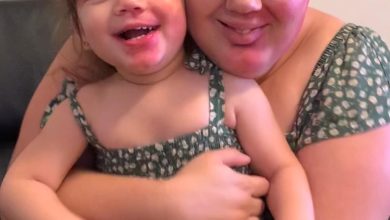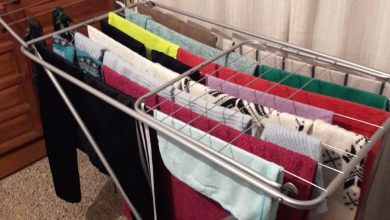Despite the rubbery and patterned nature of the mat, the cat found a way to soil it, causing concerns about the subfloor.

We decided to use hexagon tiles, similar to their kitchen flooring, to create a durable and visually appealing entry. With the plan in mind, we cut out the old flooring along the traced line, preparing the space for the new tiles.
To address potential moisture issues, we applied waterproofing using Schluter Kerdi membrane and AquaDefense liquid membrane. The tiles were then laid with rapid-setting thin-set mortar, and once set, the author proceeded to grout. We shared the process of mixing and applying the grout, emphasizing the necessity of patience.

The exterior gaps between the tiles and other flooring were intended for caulking, offering flexibility with any shift in the flooring. While grouting can be messy, it is an essential step in the process. It is helpful to use baby wipes to remove the grout film from the tiles.
The final step involved caulking the edges, providing a finishing touch to the project. The caulk helped hide any irregular cuts and contributed to a seamless look. The completed floor not only addressed the cat-related challenges but also became a practical and visually appealing entryway, capable of withstanding wet and muddy shoes.

The project, while born out of necessity, transformed a previously ruined floor into a functional and aesthetically pleasing space.







